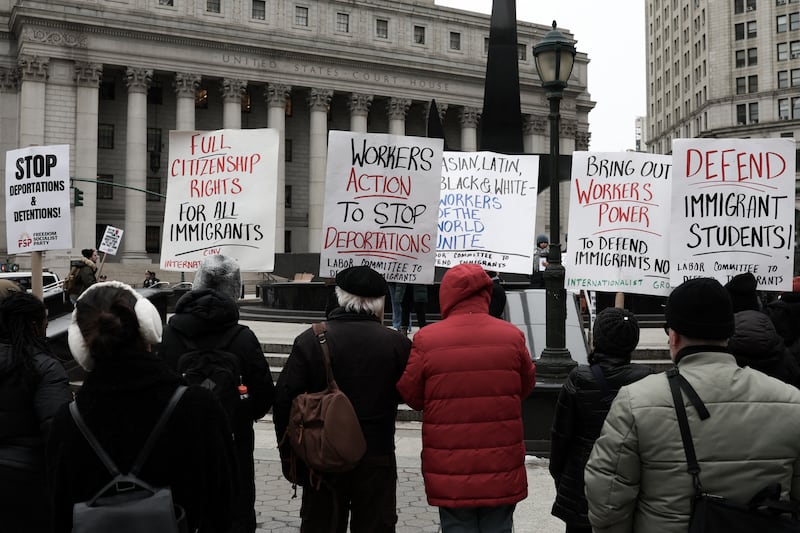The number of tents at the latest encampment of homeless asylum seekers in Dublin has doubled since Friday, with 40 now on footpaths at Leeson Street.
Between 20 and 30 tents were pitched in the general area, on a patch of grass in the banks of the Grand Canal, on Thursday night.
After gardaí asked the men to move the tents for their own safety twice during the night, it appears some men left the area. About 20 tents remained on footpaths and at another location by the canal on Friday.
By Sunday morning, the tents stretched around the perimeter of offices at Leeson Street and around to Fitzwilliam Place.
Among those sheltering there were Palestinian, Jordanian and Somali nationals. Ali (23), from Palestine, said he had been in Ireland for three months and at the encampment three days. He said he had previously slept “at the canal, in the street”.
“I want to shower,” he added.
Asked where they go to the toilet, he said: “In the mall.”
Staff from the homelessness charity Tiglin at the Lighthouse visited the camp on Saturday and took the names and details of 22 men who were there. These names were passed on to the International Protection Accommodation Services (IPAS), Tiglin chief executive Aubrey McCarthy said.
It is appears a number of the men were offered accommodation. Others who were not on-site when Lighthouse staff visited said they have not been offered accommodation.
Ali confirmed people had visited on Saturday. “Someone, he sent email. Some will go to Citywest, I don’t know how many. I am waiting still for email.”
A security guard from a nearby office building came to check on the men while The Irish Times was there on Sunday. Having bumped fists with Ali, he said there was no indication from IPAS when the men would be accommodated. Gardaí had not visited the men over the weekend, he said, adding that “no one seems to know what’s happening. Everyone is doing this on the hoof”.
Volunteers expressed ongoing frustration with the lack of a coherent approach to smaller tent encampments following the high-profile clearance of larger numbers of tents, and the accommodating of those staying in them, in recent weeks.
While the Department of Integration said on Friday that An Garda Síochána can “make referrals to IPAS when tents with IP applicants are identified in public areas”, it appears a 24-hour phone line available to gardaí to refer these men over the weekend was not contacted.
This is in contrast to interventions by gardaí when other encampments appeared in Ballsbridge, Milltown and the city-centre quays in the past week.
Volunteer Olivia Headon has appealed to gardaí to make referrals to IPAS when they identify asylum seekers sleeping rough. This group of rough sleepers cannot access emergency accommodation provided by the Dublin Region Homeless Executive, nor can they phone IPAS themselves, she said.
A Garda spokesman said: “Queries regarding the accommodating of International Protection Applicants should be directed to the International Protection Accommodation Service (IPAS). In keeping with our mission statement of Keeping People Safe members of An Garda Síochána regularly engage with homeless people and rough sleepers to check on their welfare.”
- Sign up for push alerts and have the best news, analysis and comment delivered directly to your phone
- Join The Irish Times on WhatsApp and stay up to date
- Listen to our Inside Politics podcast for the best political chat and analysis















